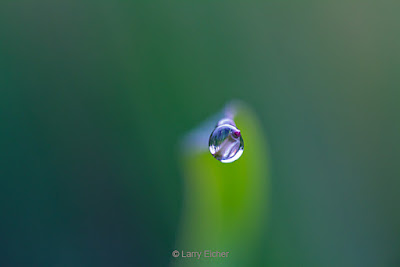 |
| Murdochite on Quartz |
Wikipedia: "PbCu6O8−x(Cl,Br)2x(x ≤ 0.5), It was first discovered in 1953 in the Mammoth-Saint Anthony Mine in Pinal County, Arizona by Percy W. Porter, a mining engineer who handpicked a 401.5-mg sample. Porter would later submit for analysis and it was then that Fred A. Hildebrand suggested that the sample was a new mineral after taking a powder x-ray picture.
 |
| Murdochite on Quartz |
It was named for Joseph Murdoch (1890–1973), American mineralogist. Murdochite was first suggested to be of a cubic structure. After this suggestion, the term “murdochite-type structure” began to be used when describing a structure that is similar to that of murdochite. Murdochite was later found to be octahedral. The mineral murdochite is named after Joseph Murdoch, who was once a professor of geology at the University of California, Los Angeles and a past president of the Mineralogical Society of America."
Our Sample comes from Hansonburg Mine District, Socarro, County, New Mexico, USA. The Field of View in both the above is .73mm.
 |
| Murdochite on Quartz |
The FOV is 2.25mm
 |
| Murdochite on Quartz |
The field of view here is 11mm































